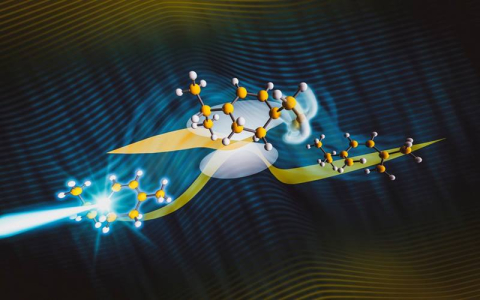
Researchers used ultrafast electron diffraction to image the structure of the pericyclic minimum, the “transition state” of electrocyclic reactions.
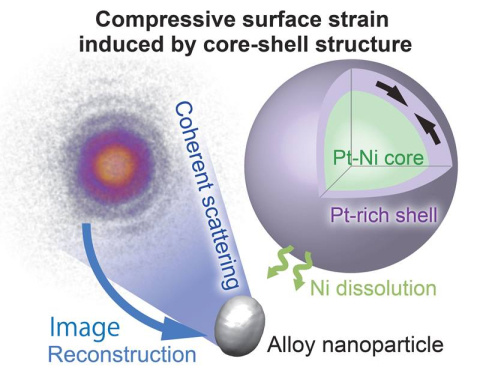
X-ray imaging shows that selectively etching surface nickel from a nickel-platinum alloy leaves a chemically active platinum coating.
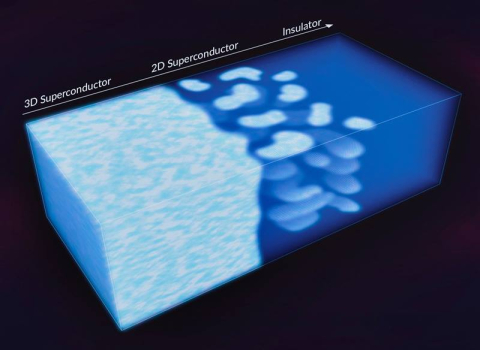
Three-dimensional superconducting electrons choose to cross over to a flatter alternate dimension.
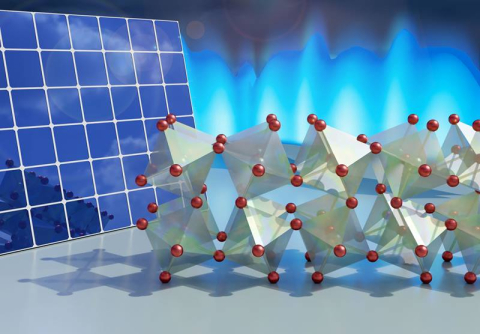
Experiments examine atomic disorder and dynamics that could explain beneficial optical properties.
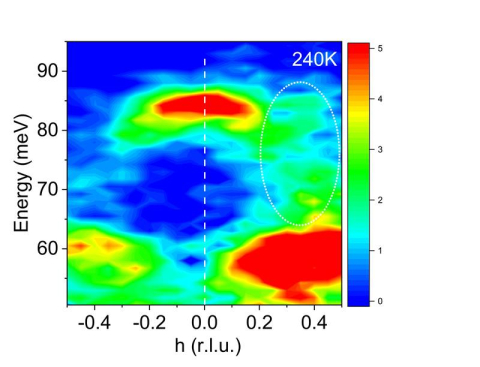
Trapping electrons with atomic vibrations has the potential to tune behavior in a quantum material.
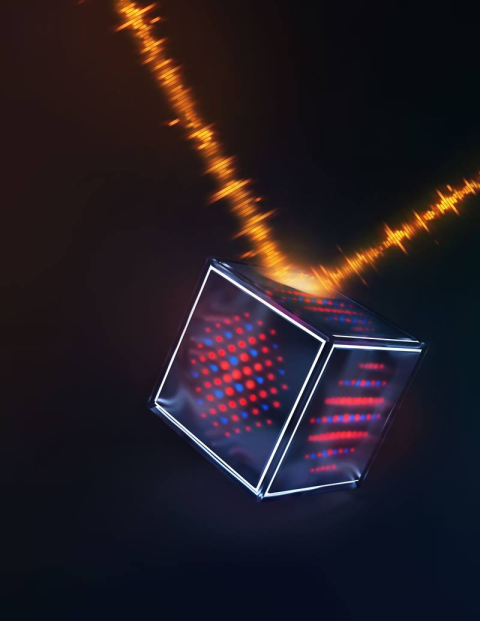
For the first time, the error correction process significantly enhances the lifetime of quantum information.
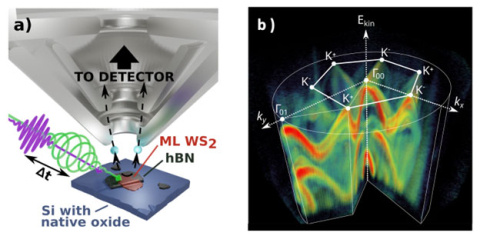
Scientists image the complete set of light-induced quantum states in 2-D crystals of tungsten disulfide and reveal the mechanisms coupling these states.
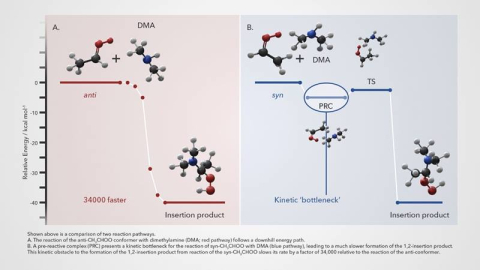
Researchers find that different conformers of a type of atmospheric molecular intermediates react differently with the pollutant dimethyl amine.

By confining the transport of electrons and ions in a patterned thin film, scientists alter the material's properties for next-generation electronics.
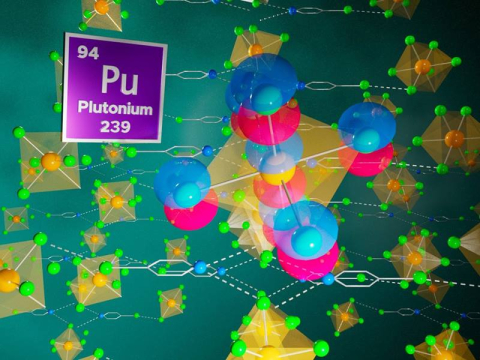
Researchers combined crystallographic data and computational studies to investigate plutonium-ligand bonding within a hybrid material construct.

